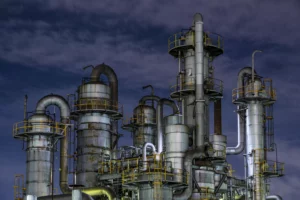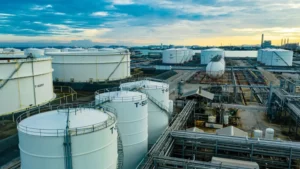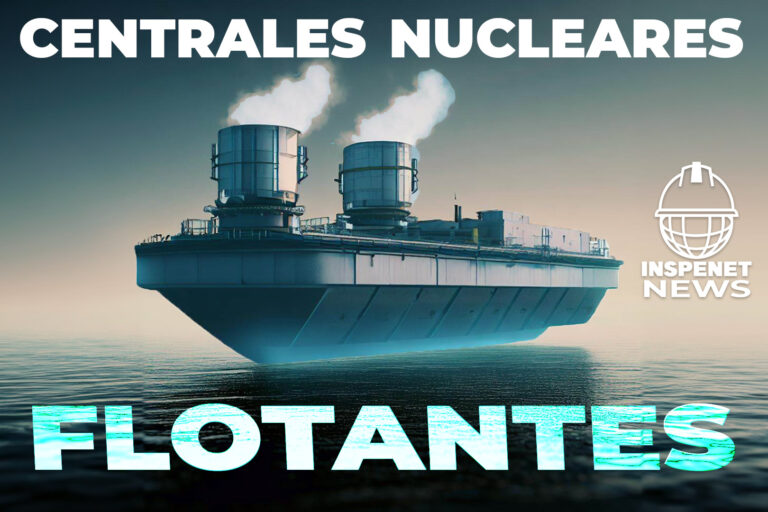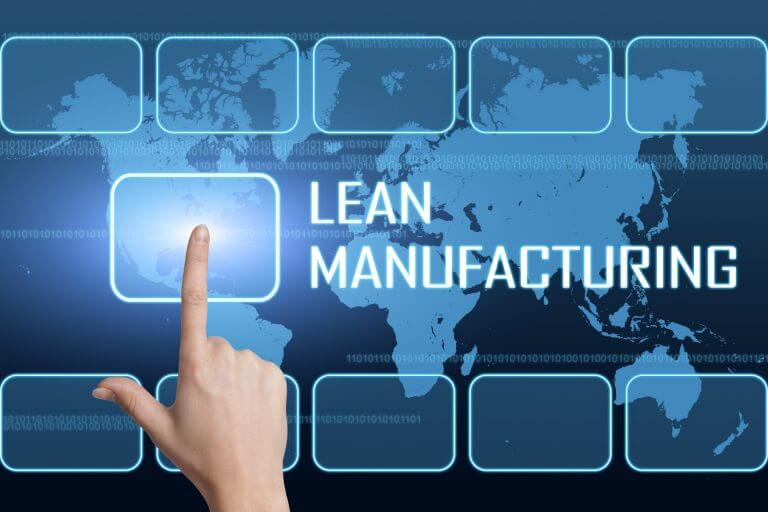Author: Dr. Juan Lugo Marín, July 11, 2022.
The understanding of the organization and its context is a new requirement of the international standard ISO 9001: 2015, which is fundamentally related to the study of internal and external issues that can impact the strategic objectives and the planning of the Management Systems. Quality (QMS). In previous versions of this international standard, it was common for the analysis of the context not to be taken into account, which resulted in measures being taken when it was almost impossible to mitigate the negative impacts or exploit the opportunities, falling into improvisations and poor decisions. .
When organizations try to put this requirement into practice, questions arise such as: What are the most influential contextual variables in my organization? How to carry out an analysis of the context that allows Senior Management to align the SGC with the strategic direction?
First, it is important to point out that each organization is different, in this sense, understanding the context of the organization can be understood as an activity of observation, analysis and evaluation of the interior and exterior of the organization, to determine factors that influence it, positively or negatively. These factors can affect your purpose, your strategic intent, and your ability to achieve the results you intend to achieve with the QMS: i) the conformity of the Products and Services with customer and legal requirements, and ii) increased customer satisfaction. By considering them in defining the scope of the system, the organization ensures the adequacy of the latter.
To carry out a context analysis, what should be analysed?
On the one hand, internal issues have to be analyzed, for which it is necessary to understand the reality of the organization: who it is, what it does, why it does it, with what means, with what people. This will allow us to identify the weaknesses and strengths of the organization. On the other hand, there is an analysis of external issues, which seeks to know the environment in which the organization is included and operates, to identify the factors that can influence it.
The organization will hardly be able to influence these external issues, but its way of operating to achieve the desired objectives will depend on them. The product of this analysis could conclude with the establishment of opportunities and threats.
Determining these issues both internally and externally of the organization and exercising adequate follow-up and monitoring is essential if you want to anticipate changes, adapt to the needs of customers and other interested parties and be able to adopt the applicable measures.
To achieve the required success in establishing business strategy, organizations can use tools such as SWOT analysis (Strengths, Weaknesses, Opportunities and Threats). In the same way, the establishment of a business strategy is very important, therefore, before defining it, it is necessary to analyze the situation that the organization is going through. From this it follows that a key challenge for Senior Management is to achieve, as part of its leadership, the alignment of the QMS with the strategic direction that has been outlined.
Bibliographic references
Own source
About the Author

Juan Lugo Marin
Industrial Engineer (UNEFM, 1992) with a Master’s Degree in Quality and Productivity Management (UNEFM, 1997) and a Doctorate in Administrative Sciences (UNESR, 2006). He has Postdoctoral training in Business and Futures Studies (Corvinus University of Budapest, 2007). He has developed a long career as a university professor and researcher. He is a business consultant in the area of quality, management systems and strategic prospective with more than 25 years of experience in sectors such as: oil and gas, engineering and construction, inspection and mechanical integrity, laboratories, among others for Latin America and North America.


























